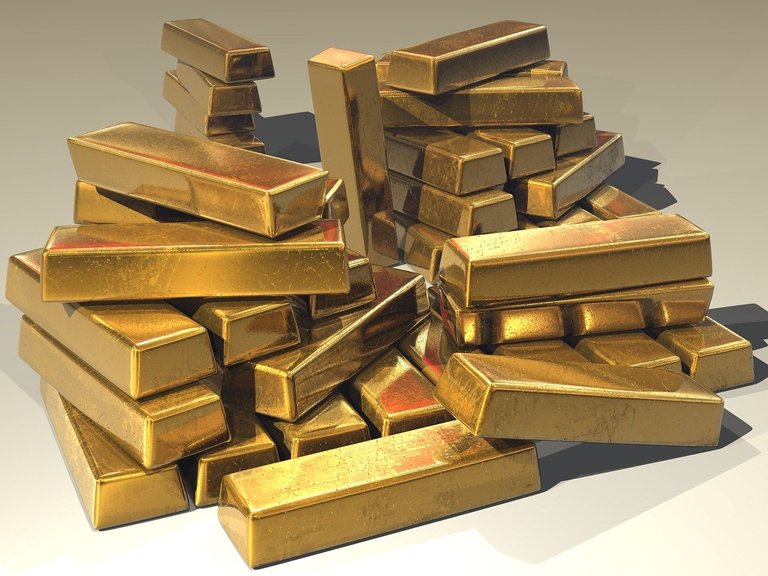The Rise of Gold Prices Amidst Economic Uncertainty: Is This A Sign of Impending Crisis?
Greetings friends!
During the wedding seasons in India, gold in Hindu culture becomes more pronounced. Gold, is revered for its cultural and economic value and it holds a special place in the hearts of married women who have a deep affection for gold jewelry. Usually gold prices go up during the wedding seasons, but this year, the soaring prices of gold have cast a shadow over the celebrations, disrupting the budgets of the families who are preparing for their children's weddings.
Throughout history, gold has been cherished for its versatility, serving as currency, adornment, and had been symbols of wealth and status. Consequently, its value has steadily appreciated over the ages. Yet, the current surge in gold prices signifies an unprecedented phenomenon which are marking a stark departure from trends observed over the past decade. In just three months, gold prices have surged by 15%. Yesterday it was INR 7265 per gram, while it dropped to INR 7227 today. Gold price was just INR 5670 at the beginning of this year.
Usually, spikes in gold prices have been associated with economic downturns, working as the harbingers of impending recessions and financial crises. However, the present scenario is something different, as the stock market continues to soar to record highs, defying the historical correlation between gold prices and economic performance. This anomaly underscores the complexity of the current economic landscape. To get a better picture of the associated events, let’s examine the things happening around the globe:
Central banks of many countries are buying gold aggressively.
Various economic and geopolitical issues like rising inflation, a weakening dollar and ongoing geopolitical tensions between nations are causing uncertainty.
It is anticipated that the Federal Reserve (of the USA) would lower the interest rated during this years. If it happens, then it will weaken the dollar as suggested by some experts. Also, lower interest rates may enhance the attractiveness of non-interest-bearing assets like gold.
Gold has long been hailed as a stalwart asset, revered for its stability in the face of inflationary pressures that can erode the value of fiat currencies. Also, the cryptocurrencies characterized by their volatility and susceptibility to external and internal factors, are not reliable for the purpose of having a safe asset. As I wrote above, central banks are bolstering their gold reserves, recognizing gold's enduring appeal as a safe haven asset capable of mitigating the adverse effects of unforeseen events.
The discernible attempts of governments, central banks, and major players hoarding gold underscores a sense of foresight and preparedness for potential economic upheaval. As these entities possess greater access to information and resources than the average individual, their proactive measures suggest a cautious anticipation of looming challenges on the horizon. This collective response hints us of some impending adversity. Thus there is a need of prompt strategic efforts to safeguard against future uncertainties.
So, the growing emphasis on gold reserves serves as a barometer of economic sentiment. It is an indications of a degree of apprehension regarding the stability of global financial markets. While economic crises may not be imminent, the concerted efforts to fortify gold holdings suggest a prudent response to the inherent vulnerabilities aligned with the current economic landscape. As such, the resurgence of gold as a preferred asset class may be a signal for us that something bad is going to happen. But, are we prepared for it?
Thanks for reading!
